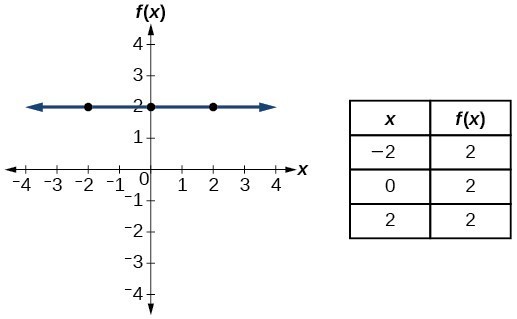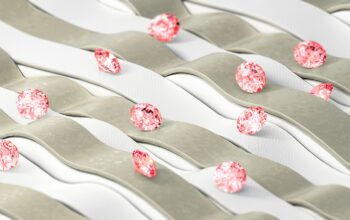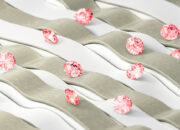Optical fibers, celebrated for their capacity to transmit data over vast distances with minimal loss, rely on a complex interplay of materials and principles to function effectively. Among these components, the cladding plays a pivotal role. This article will delve into the multifaceted function of cladding in optical fibers, exploring its significance not just in terms of physical attributes but also its impact on the overall performance of fiber optic systems.
The Composition and Configuration of Optical Fibers
At its core, an optical fiber consists of a core, typically fabricated from glass or plastic, which serves as the medium through which light travels. Surrounding this core is the cladding, a layer of material with a refractive index lower than that of the core. This differential in refractive indices is fundamental to the principle of total internal reflection, the mechanism that allows for the efficient transmission of light signals through the fiber. Without the cladding, the critical angle necessary for total internal reflection would not be maintained, leading to signal loss and degradation.
The Role of Cladding in Total Internal Reflection
Cladding is integral to sustaining total internal reflection. When light enters the fiber within the core at a sufficiently steep angle, it strikes the core-cladding boundary at an angle greater than the critical angle, reflecting back into the core rather than refracting into the cladding. This reflective phenomenon enables the light to traverse the length of the fiber with minimal attenuation. The meticulous engineering of both core and cladding refractive indices is thus quintessential in maximizing signal integrity over extended distances.
Minimizing Signal Loss: A Critical Function
Understanding the minimization of signal loss leads to a deeper appreciation of cladding’s role in optical fibers. As light travels through the fiber, various factors contribute to attenuation, including scattering and absorption. The cladding acts as a protective barrier, shielding the core from external physical shocks and environmental factors that could compromise signal quality. By surrounding the core with a lower refractive index material, the cladding also mitigates scattering losses, preserving the integrity and strength of the transmitted signals.
Enhancing Design Flexibility
Beyond the physics of light transmission, the cladding opens avenues for design flexibility in optical fibers. Different cladding materials offer a wide range of properties, allowing for the customization of fibers to suit diverse applications. For instance, fibers can be engineered with specific refractive index profiles or index-guiding features that enhance their suitability for a variety of environments—ranging from telecommunications to medical devices. This adaptability is particularly significant in a world increasingly reliant on fiber optic technologies.
Improving Mechanical Strength and Durability
Cladding also plays a crucial role in reinforcing the mechanical robustness of optical fibers. The cladding envelops the core, providing protection against physical stressors that can arise from bending, pressure, or impacts. The material choice for cladding can influence the overall strength of the fiber while maintaining its optical performance. Undoubtedly, this mechanical protection extends the operational lifespan of fibers, ensuring that they continue to deliver high-quality signal transmission even under challenging conditions.
Facilitating Mode Propagation in Multi-Mode Fibers
In the case of multi-mode fibers, cladding assumes an even more intricate function by facilitating the propagation of multiple light modes. The design of cladding in multi-mode fibers is tailored to optimize modal dispersion—an effect where different light modes travel at varying speeds, potentially leading to signal overlap and distortion. By optimizing the refractive index profile and the dimensions of the cladding, engineers can enhance the mode-coupling efficiency, thereby improving the bandwidth and signal quality of the fiber.
Cladding Modes and Their Implications
Interestingly, while cladding serves to support core functions, it can also give rise to cladding modes—unwanted light modes that can leak into the cladding and affect the performance of the fiber. Understanding and managing these cladding modes is essential for ensuring high-performance optical fibers. Innovations in fiber design continually seek to minimize the impact of these modes, illustrating the ongoing evolution and sophistication of optical telecommunications technology.
The Future of Cladding in Optical Fiber Technology
The journey of optical fiber technology is far from complete. As the demands for data transmission speeds and capacities escalate, so too does the need for more sophisticated cladding designs that can meet evolving requirements. Research is underway to develop novel cladding materials and structures that not only enhance the performance but also reduce production costs. These advancements could significantly impact industries reliant on fast and reliable data transmission, from telecommunications to high-speed internet access.
Conclusion
The function of cladding in optical fibers transcends mere physical consolidation of the core; it encapsulates a multitude of roles essential for signal fidelity, mechanical protection, and design flexibility. As technological demands continue to evolve, the importance of cladding will remain central to the advancement of optical fiber technology, beckoning an exciting future filled with innovative possibilities. The intricate physics and engineering behind cladding embody the pursuit of excellence in communication technologies, making optical fibers a marvel of modern science.












